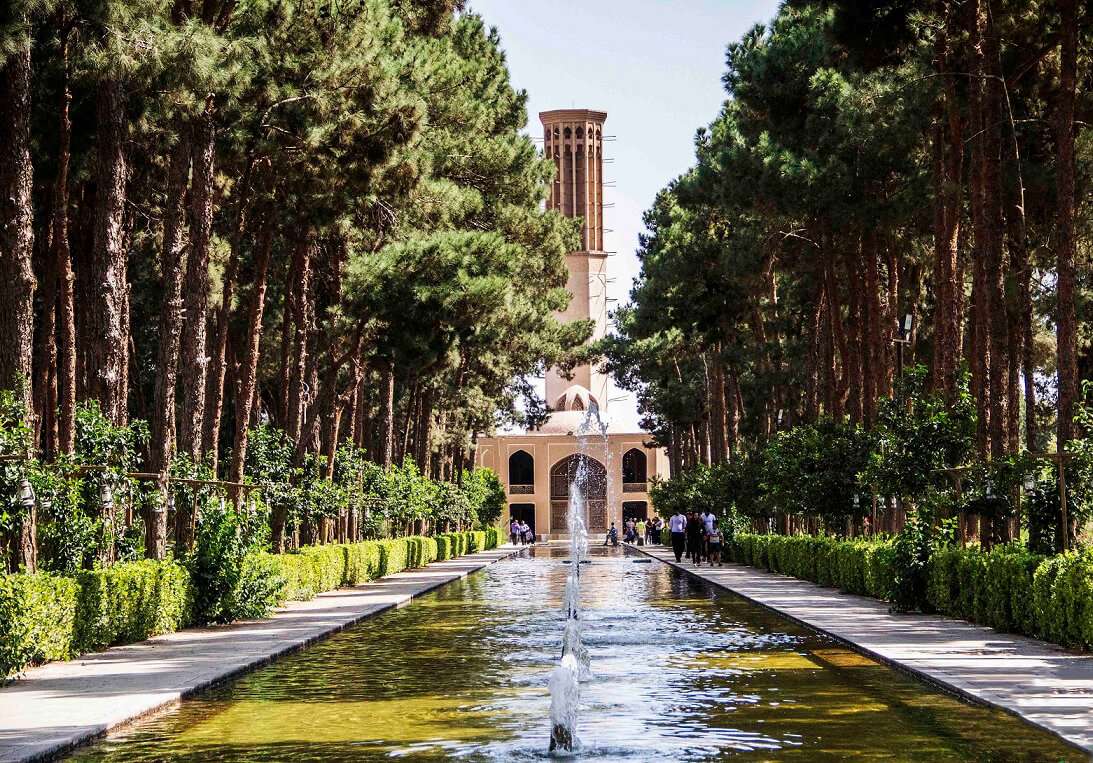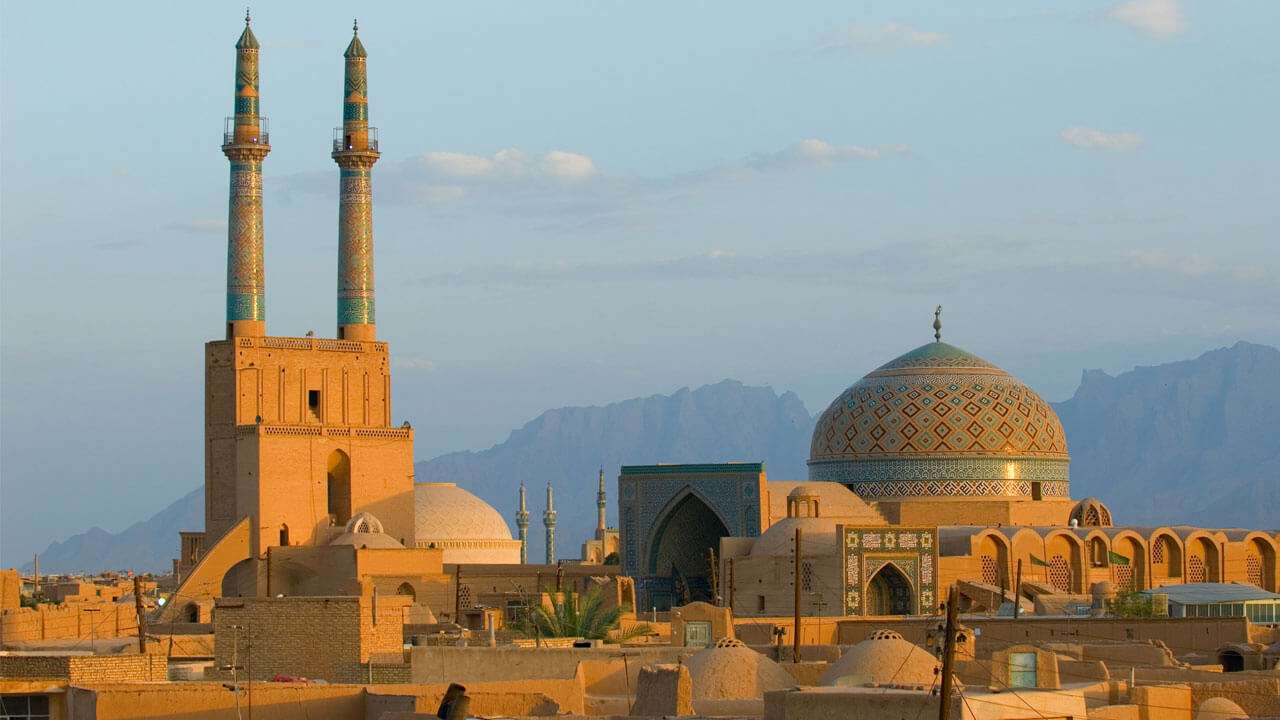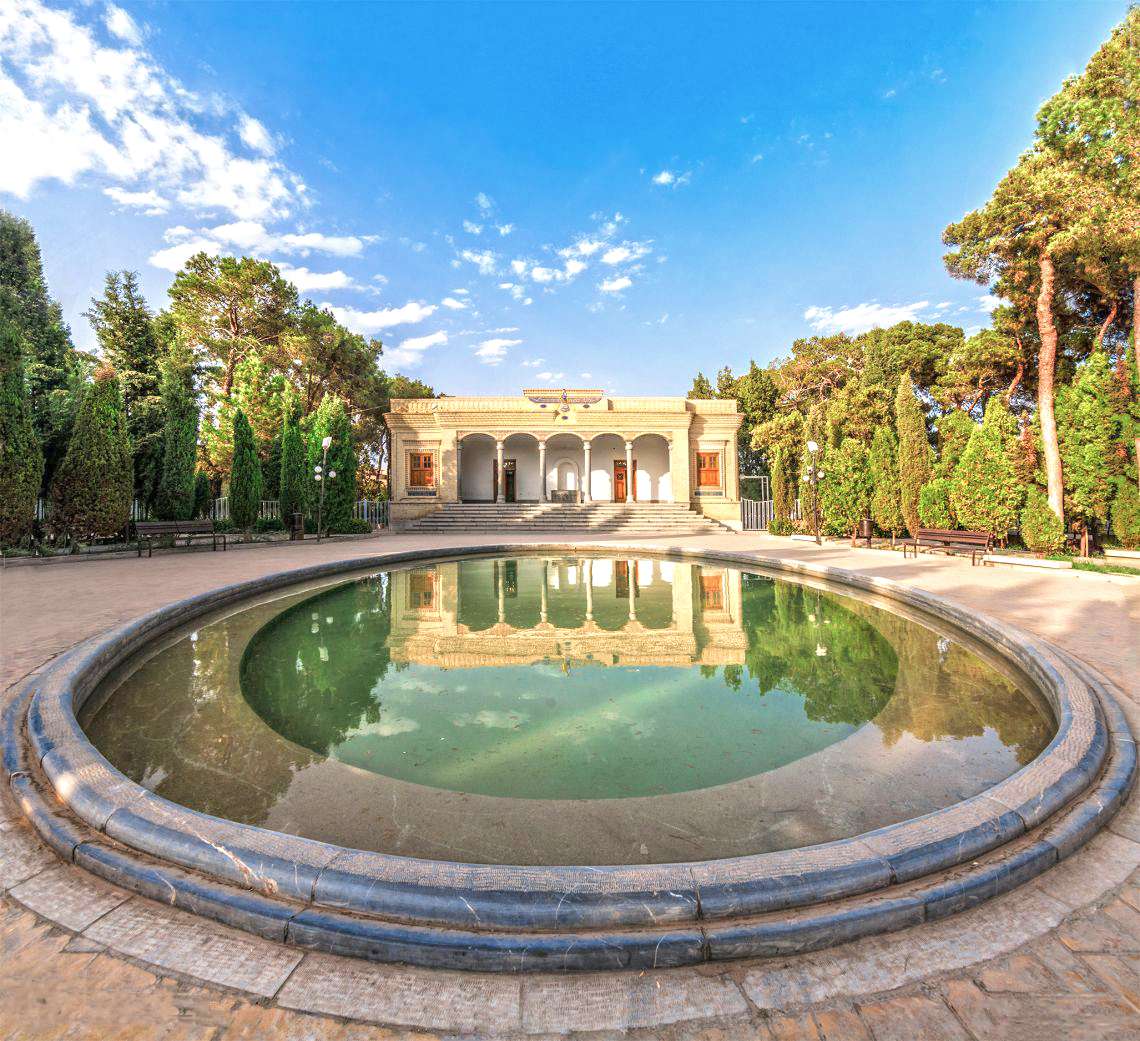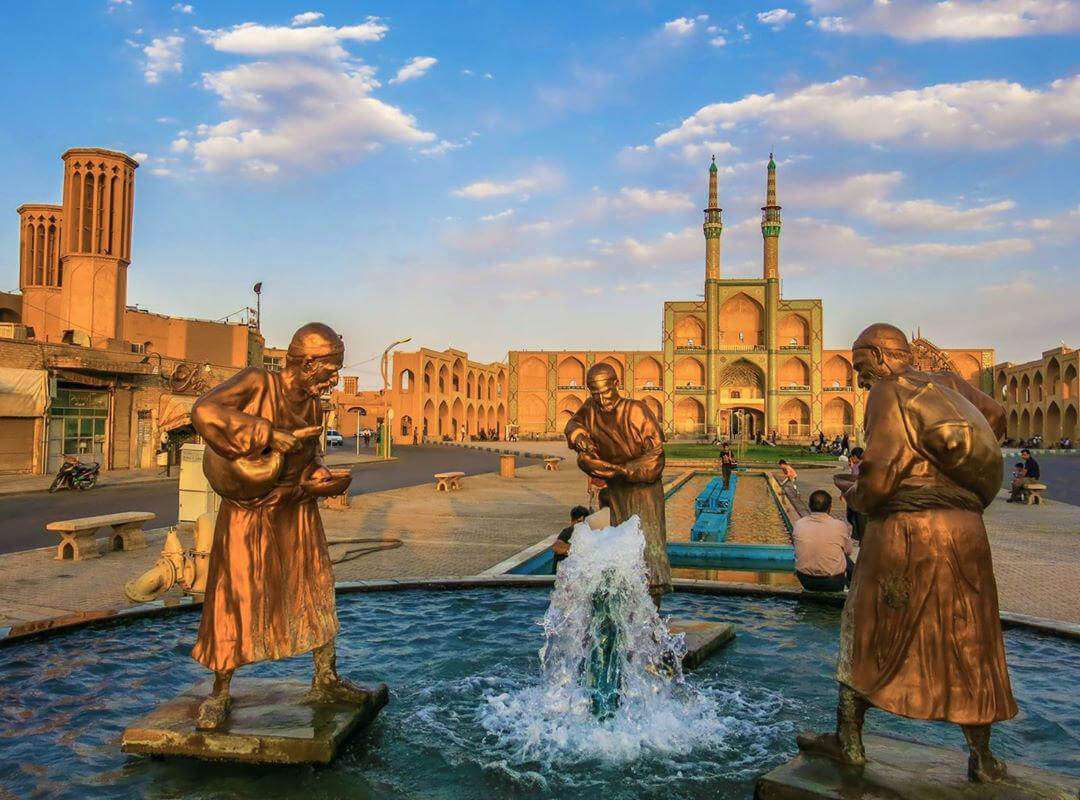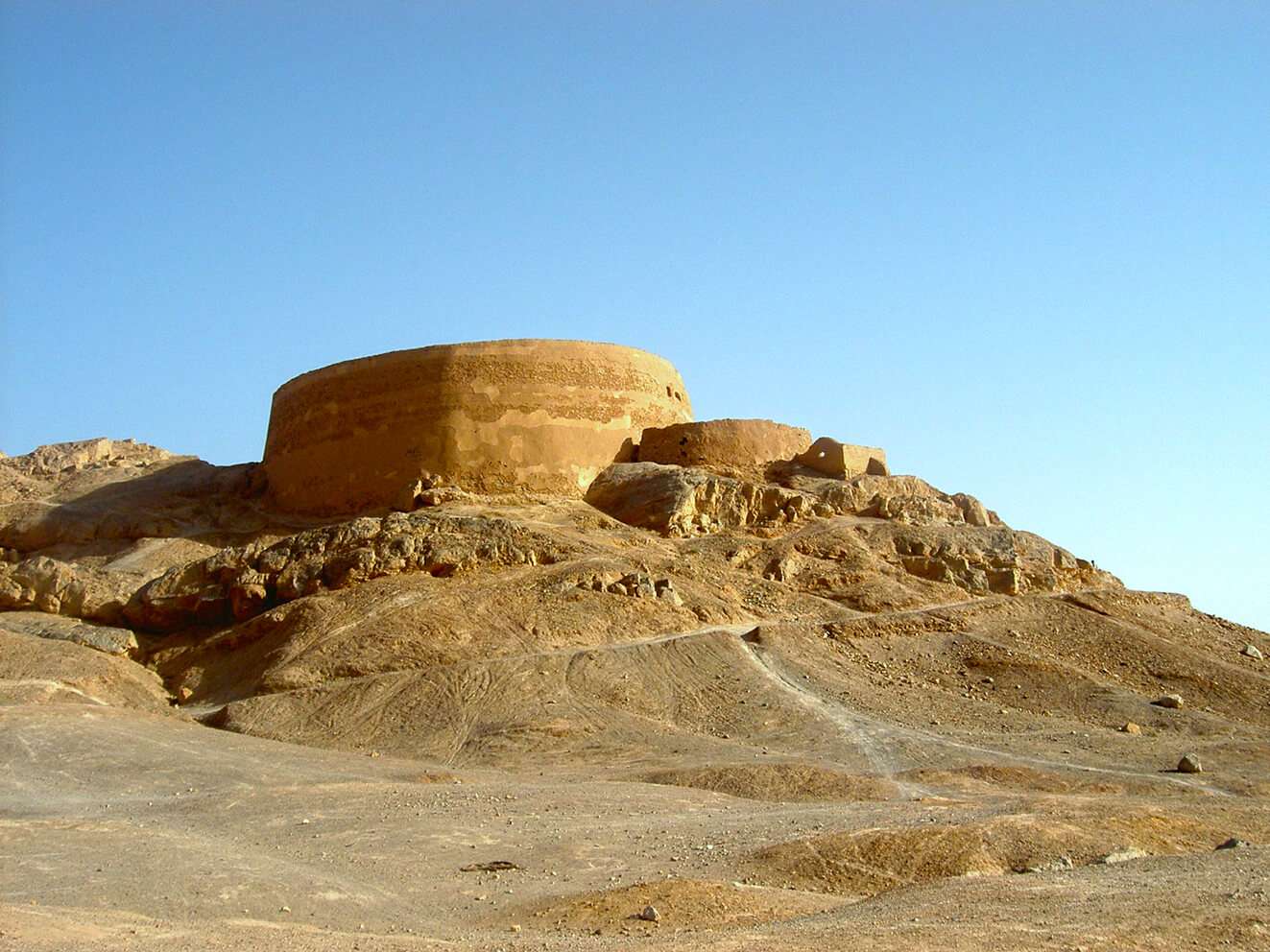Tourist Attractions & Activities in Yazd
Yazd
Being a gem on the crown of the central desert of Iran, Yazd is an ancient city with thousands of years history. The city is situated 1216 meters above sea level in a desert climate, with more than 600,000 people. Historically speaking, Yazd used to be known as “Isatis” (literally sacred) in the ancient era, it was a Zoroastrian center during the Sassanid period and it has been a host to the Zoroastrian community after the Muslim Conquest of Persia. The word “Yazd” literally means “the city of God”. As one of the main cities on the trade route to central Asia, it used to be a major trade center especially known for its quality woven fabrics, as the Italian traveler, Marco Polo who visited Yazd in the 13th century has pointed in his travelogue. Having its heyday in the 15th century, this well-preserved adobe city boasts of several atmospheric pass ways called sabat, the amazing water system of Qanat, creatively designed cisterns, and mud-brick traditional houses each topped with a soaring wind-catcher. Diligent people of Yazd have overcome the hot and dry climate during history thanks to the local architecture which is one of the most prominent examples in Iran. The city has received UNESCO World Heritage recognition in 2017.
